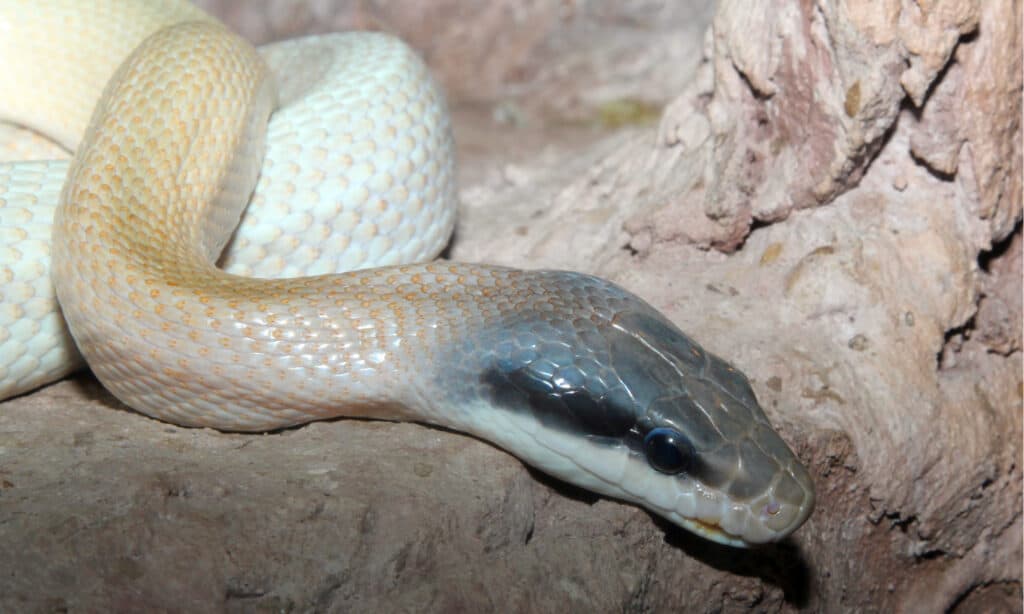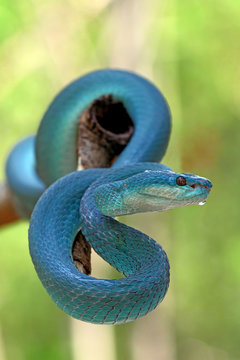Introduction
Australia is famous for its distinct wildlife, including a varied variety of poisonous serpents. These creatures, while often feared, play critical roles in maintaining environmental balance. Comprehending the conservation of Australia's poisonous serpents and the function that education and understanding play can considerably enhance our coexistence with these remarkable reptiles. This post checks out different facets of serpent conservation, the value of public education, and practical first aid measures for snake bites.
Conservation of Australia's Venomous Snakes: The Function of Education and Awareness
In Australia, snakes are an important part of the ecosystem, regulating insect populaces and adding to biodiversity. Nevertheless, numerous types deal with risks as a result of habitat loss, environment change, and human task. The conservation efforts targeted at safeguarding these reptiles pivot significantly on education and elevating understanding among the general public.
By educating individuals about snake habits, their ecological value, and risk-free practices for cohabiting with them, we can reduce fear-driven activities that lead to unneeded murders or injuries. Educational initiatives help eliminate myths surrounding snakes-- such as the common question: are tiger snakes venomous?-- and encourage regard for their role in nature.
The Relevance of Awareness Programs
Awareness programs are vital in transforming public assumptions about serpents. Lots of individuals check out these reptiles as naturally unsafe without understanding their eco-friendly duties. Public outreach initiatives can include workshops, area occasions, school programs, and information campaigns designed to enlighten individuals regarding:

- Identification of poisonous species: Comprehending which snakes are dangerous assists people avoid encounters. Safe behaviors: Mentor people just how to act around serpents can stop bites. First help knowledge: In situations where attacks do occur, being educated about emergency treatment for serpent attacks can save lives.
By enhancing recognition via structured education efforts, we can cultivate a society that values wildlife and concentrates on conjunction as opposed to fear.
Types of Venomous Snakes Established In Australia
Australia is home to some of the globe's most poisonous snakes. Right here's a short summary:
Tiger Serpent (Notechis scutatus)- Commonly found in coastal regions. Known for its potent neurotoxic venom. Frequently seen near water bodies.
- Highly hostile with potent venom. Responsible for even more snakebite deaths than any kind of various other varieties in Australia.
- Known for its ambush hunting style. Has swift striking rate with highly neurotoxic venom.
- One of Australia's largest poisonous snakes. Its bite can supply large amounts of neurotoxin.
- Generally non-aggressive but still has dangerous venom. Found primarily along the southwestern coast.
Understanding Their Habitats
Understanding tiger snake habitat is vital for both preservation initiatives and public safety and security. Tiger serpents flourish in locations near to water resources such as swamps, lakes, and marshes however they additionally occupy seaside areas. Securing these habitats is vital for making sure the survival of not only tiger serpents but also other wildlife within these ecosystems.
Habitat Protection Initiatives
Various companies function in the direction of environment protection through initiatives such as:
- Establishing shielded areas Restoring weakened habitats Promoting lasting land use practices
These gauges not just benefit tiger serpents however contribute to general biodiversity conservation.
The Role of Research in Conservation Efforts
Research plays a critical duty in understanding serpent populaces and their health condition. Recurring researches into the ecology and habits of Australian snakes educate preservation methods by supplying data on populace numbers, breeding patterns, and risks dealt with by different species.

Key Research Areas Include:
- Venom analysis Population dynamics Habitat preferences
This research study can direct efficient monitoring plans to protect at risk species while assisting in coexistence with humans.
First Help for Serpent Bites: Vital Knowledge
One critical element that links with education is recognizing what to do in case one experiences a snake bite-- a circumstance that requires instant action skills.
What Every Emergency treatment Kit Should Contain
A correct serpent bite emergency treatment set should include:
- Compression bandages Sterile gauze pads Antiseptic wipes A splint or immobilization device Emergency call numbers
Step-by-Step Emergency treatment Treatment for Snake Bite
Remain calmness; attempt to restrict activity as it might spread out poison quickly. Apply a compression bandage over the bite website without cutting off circulation. Keep the bitten limb immobilized at or below heart level. Seek emergency medical aid immediately.Why Education on Emergency treatment Is Crucial
Educating areas Yellow faced whip snake bite treatment regarding first aid measures ensures prompt responses during emergency situations which can substantially minimize morbidity related to serpent attacks throughout Australia.
Frequently Asked Questions (Frequently asked questions)
1. Are tiger serpents venomous?
Yes! Tiger snakes are very venomous with neurotoxic results that make timely clinical therapy vital after a bite.
2. What must I do if bitten by an infant tiger snake?
Follow requirement emergency treatment treatments promptly-- keep calm, debilitate the arm or Learn more leg, use pressure over the bite site making use of a plaster or cloth without restricting blood flow-- and seek clinical help without delay.

3. Just how usual are serpent attacks in Australia?
While statistics vary year-to-year as a result of factors like weather conditions affecting baby Tiger Snake serpent activities; ordinary reports recommend around 300 cases annually with casualties being reasonably rare because of improved medical responses.
4. Can I treat a snake bite at home?
No! Home therapies such as applying ice or sucking out venom are inefficient; specialist clinical attention is necessary after any kind of presumed bite incident.
5. What's one-of-a-kind about eastern brown snakes?
They're recognized for their hostile nature combined with potent poison; they account for most deadly bites in Australia due greatly to their distance to inhabited areas!
6. What are some typical indications following a snake bite?
Symptoms might include swelling around the bite area, discomfort at or near the site; systemic signs can involve nausea or vomiting or difficulty taking a breath depending upon toxin kind absorbed into bloodstream!
Conclusion
Conservation efforts bordering Australian venemous snakes rest on efficient academic methods that equip neighborhoods while cultivating respect towards these often-misunderstood creatures! By improving understanding regarding their ecological importance together with appropriate security protocols-- consisting of emergency treatment knowledge-- we lead roads towards sustainable coexistence benefiting both human beings & & wildlife alike!
In essence-- the conversation surrounding conservation needs to proceed flourishing via proactive involvement weding scientific research study together with area participation ensuring purposeful impact today & & tomorrow!